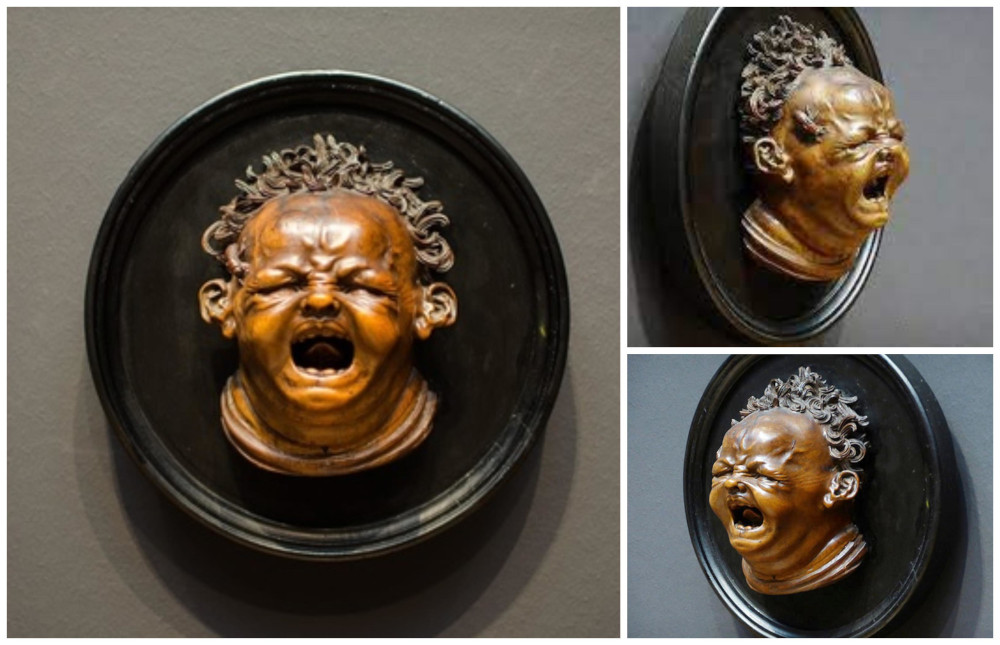
I had not then acquired the technique that I flatter myself now enables me to deal competently with the works of modern artists. If this were the place I could write a very neat little guide to enable the amateur of pictures to deal to the satisfaction of their painters with the most diverse manifestations of the creative instinct. There is the intense ‘By God!’ that acknowledges the power of the ruthless realist, the ‘It’s so awfully sincere’ that covers your embarrassment when you are shown the coloured photograph of an alderman’s widow, the low whistle that exhibits your admiration for the post-impressionist, the ‘Terribly amusing’ that expresses what you feel about the cubist, the ‘Oh!’ of one who is overcome, the ‘Ah!’ of him whose breath is taken away.
— Somerset Maugham, Cakes and Ale, 1930









